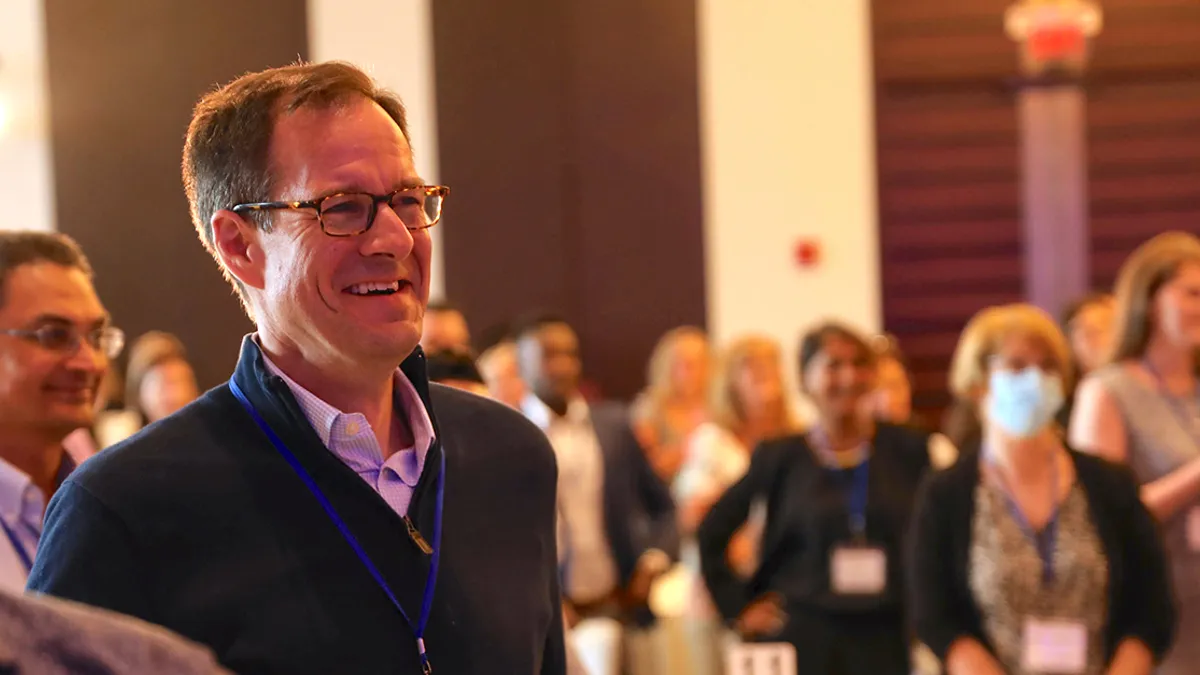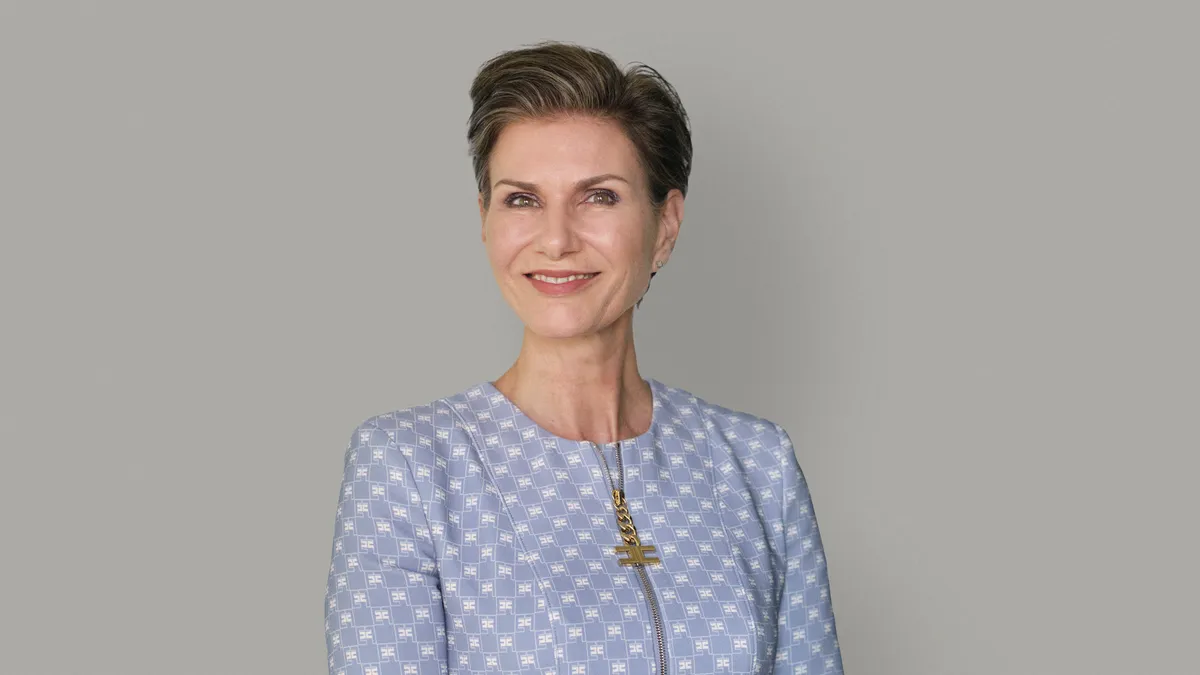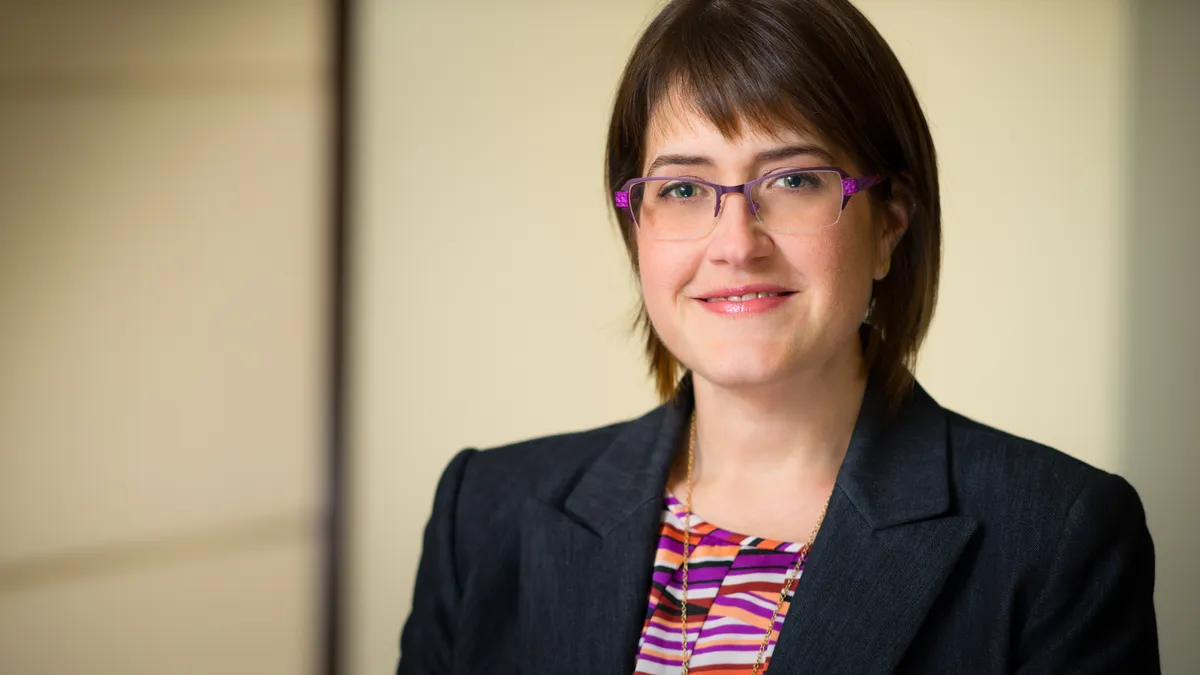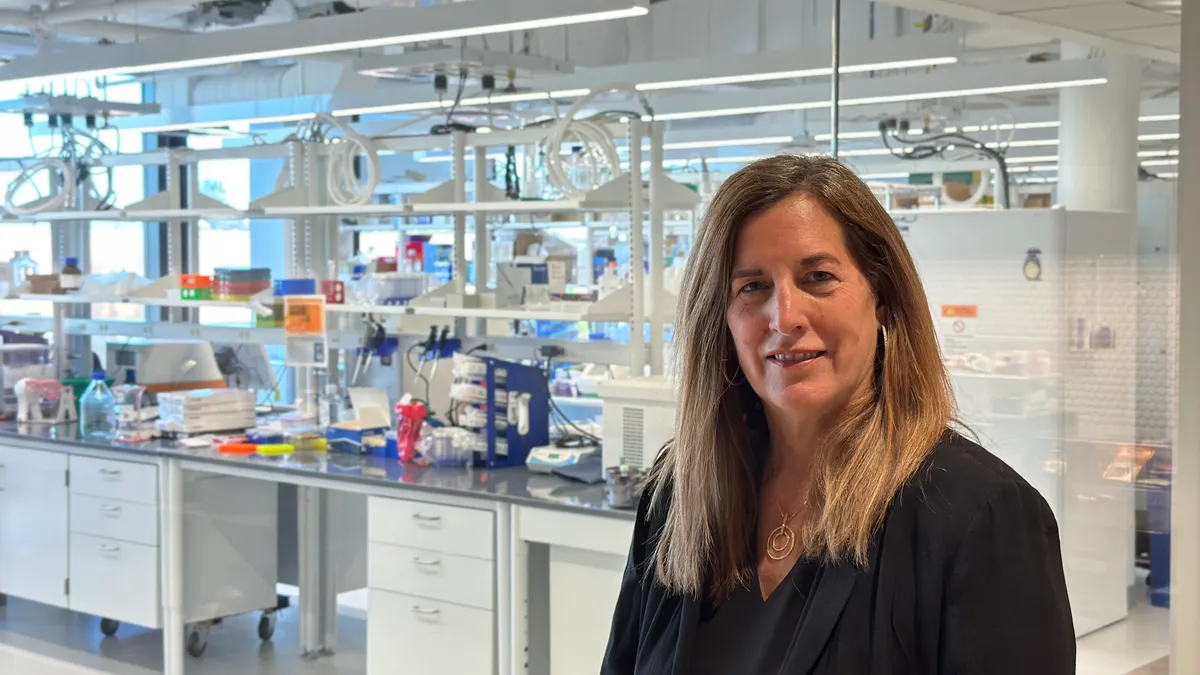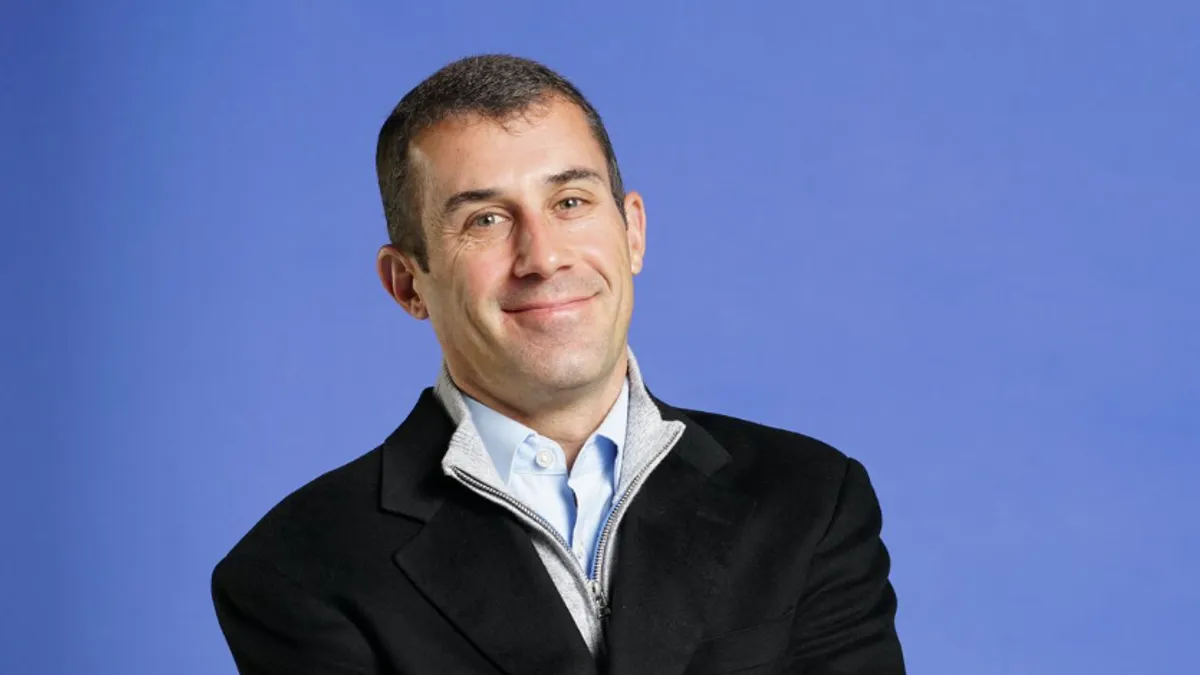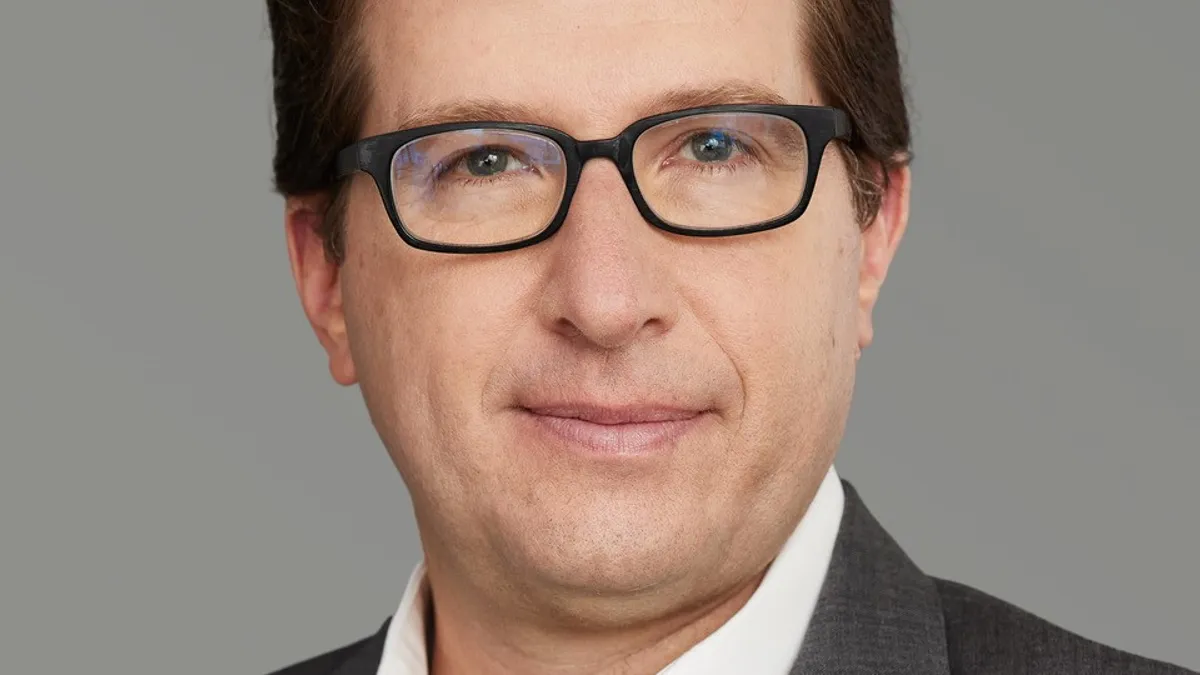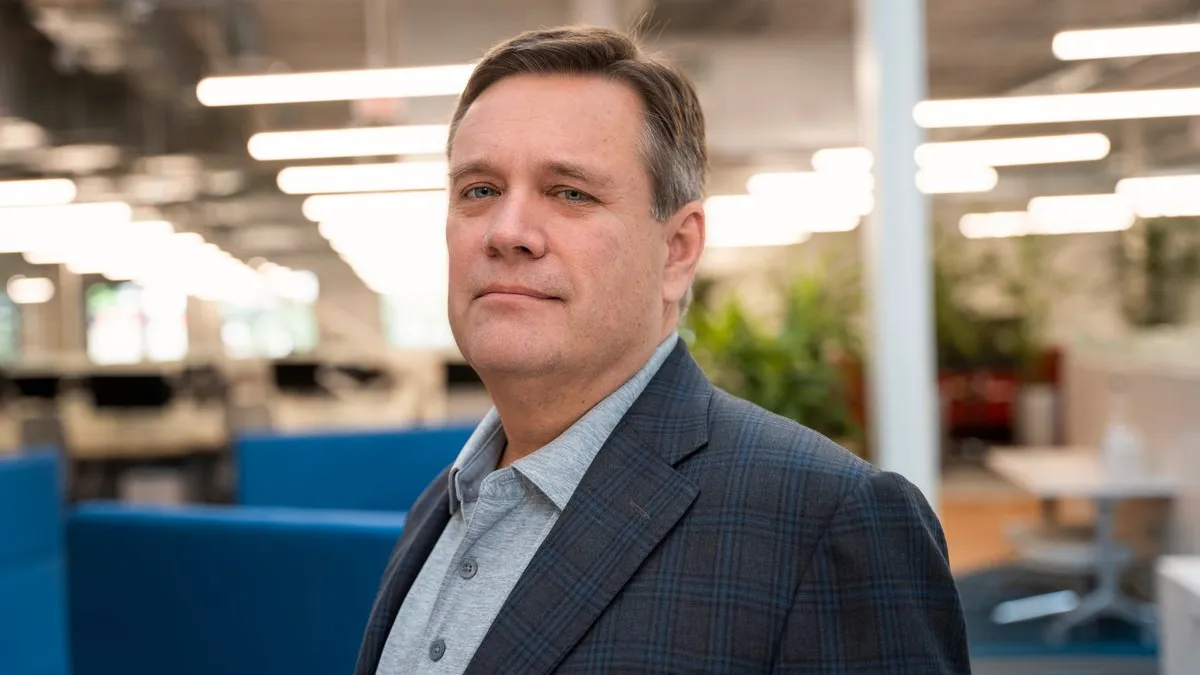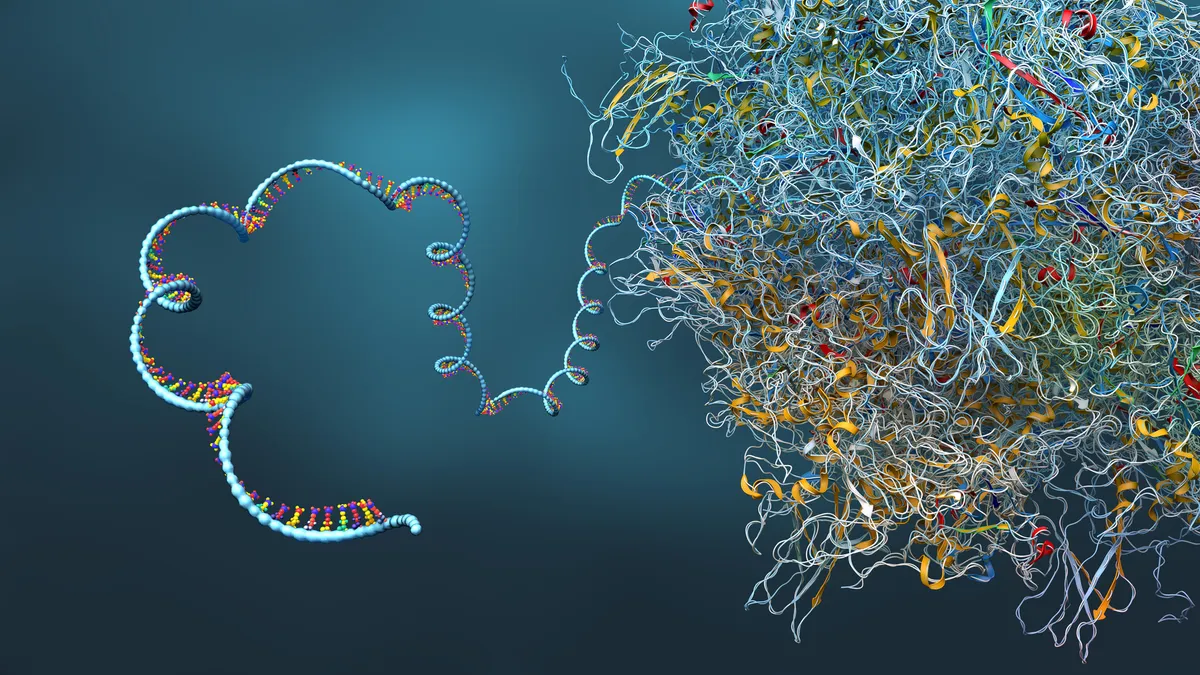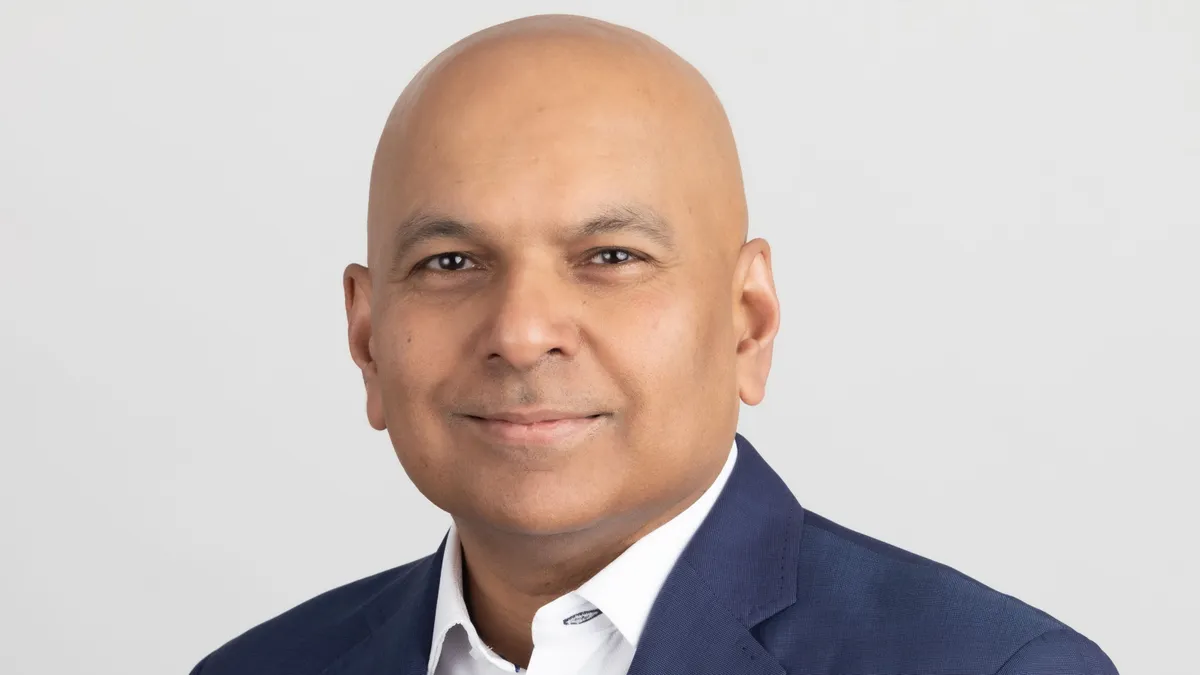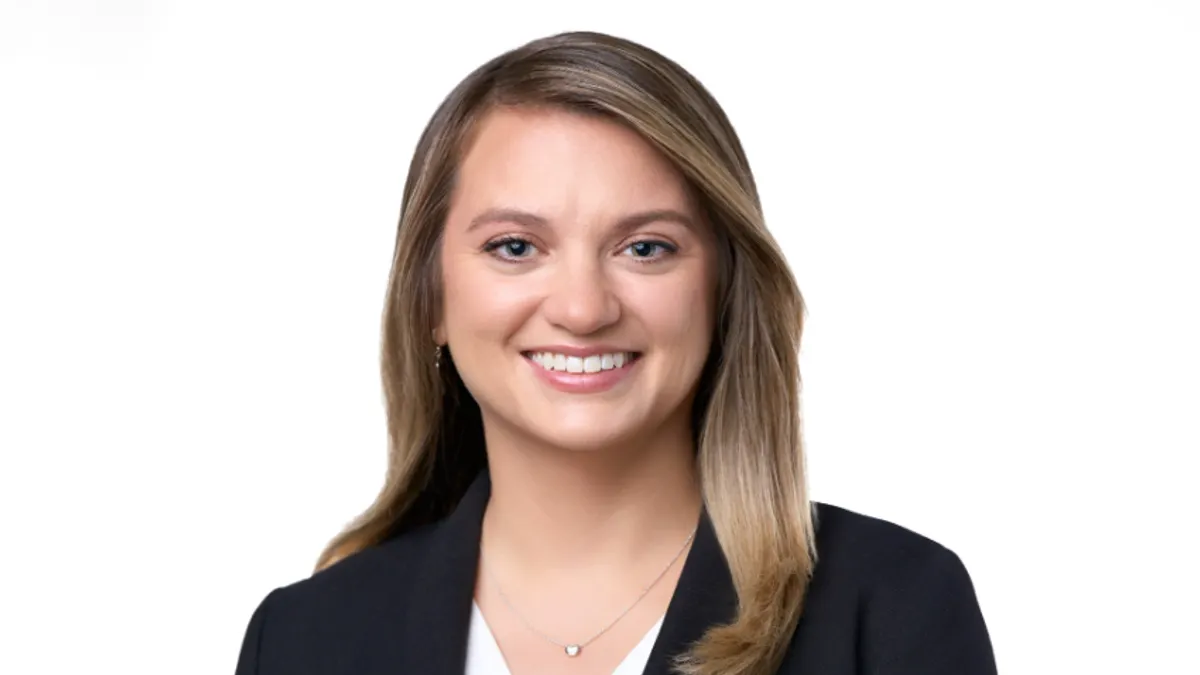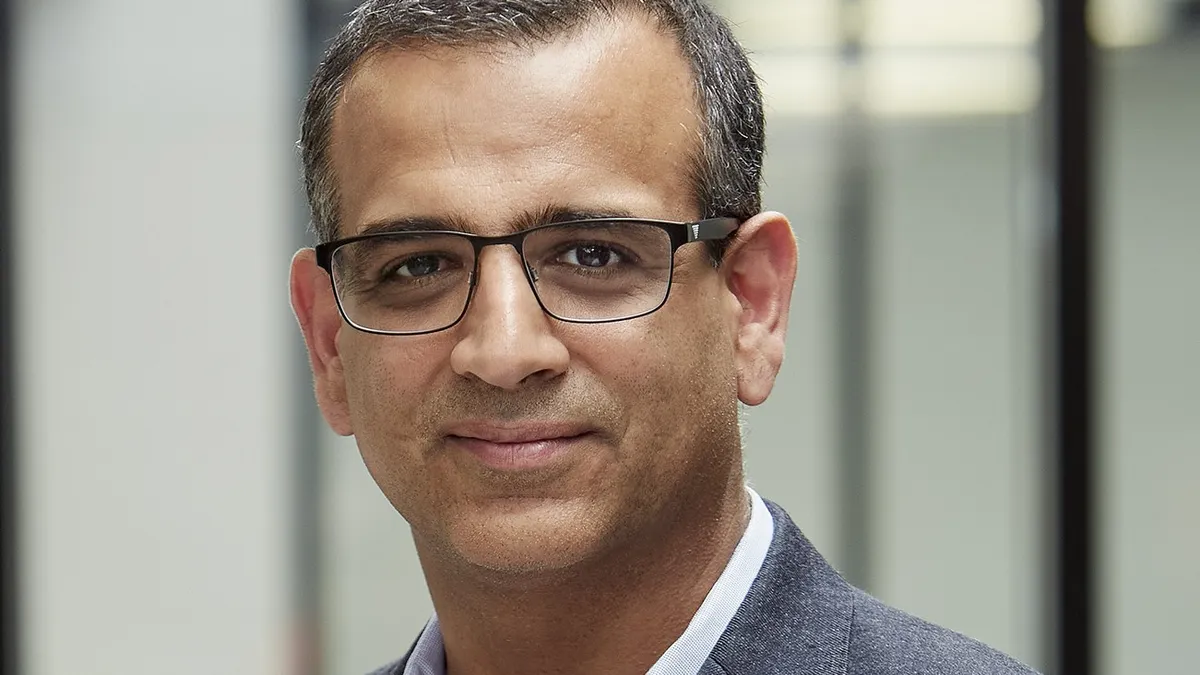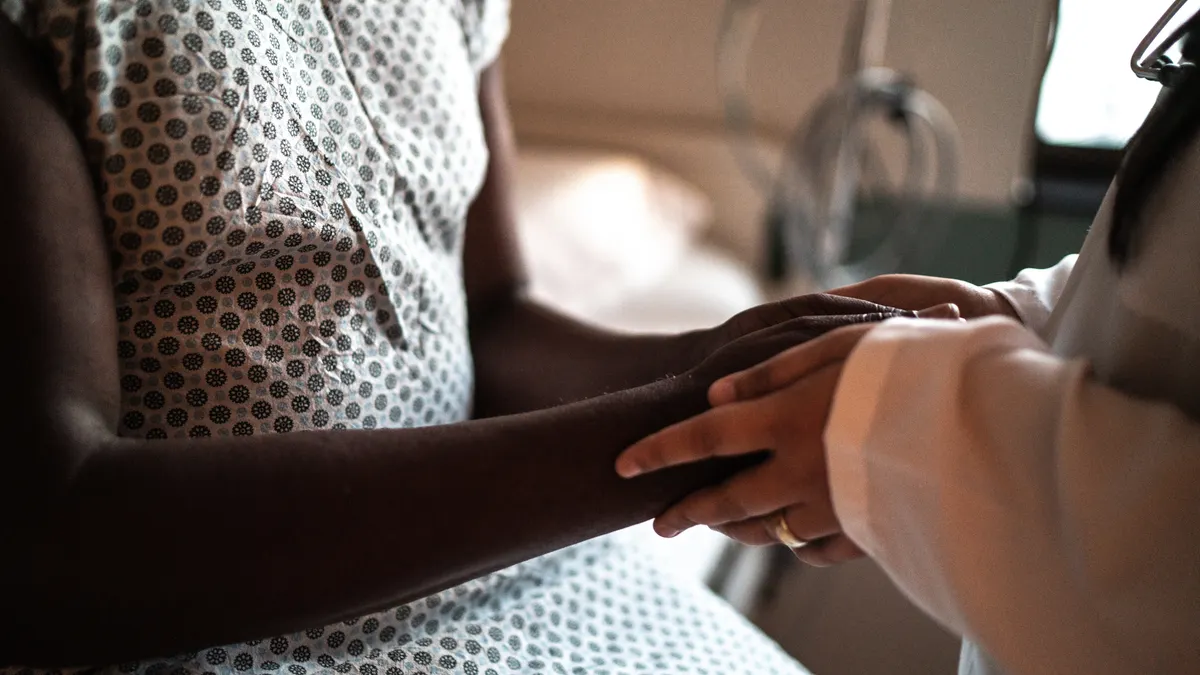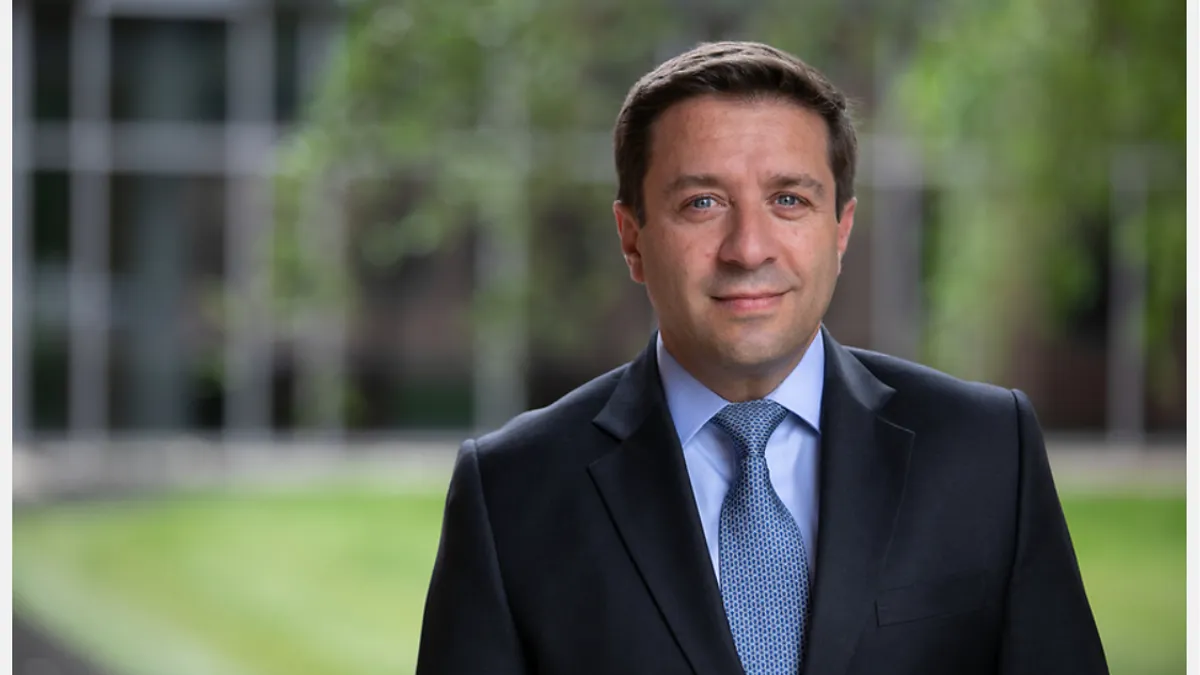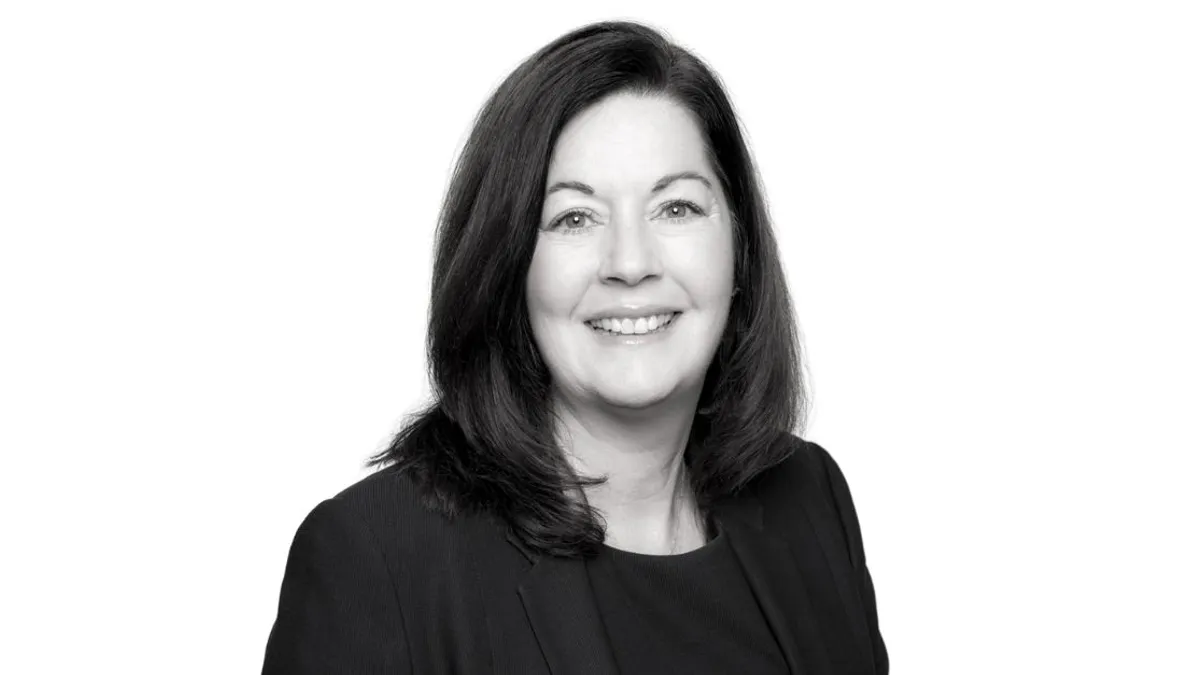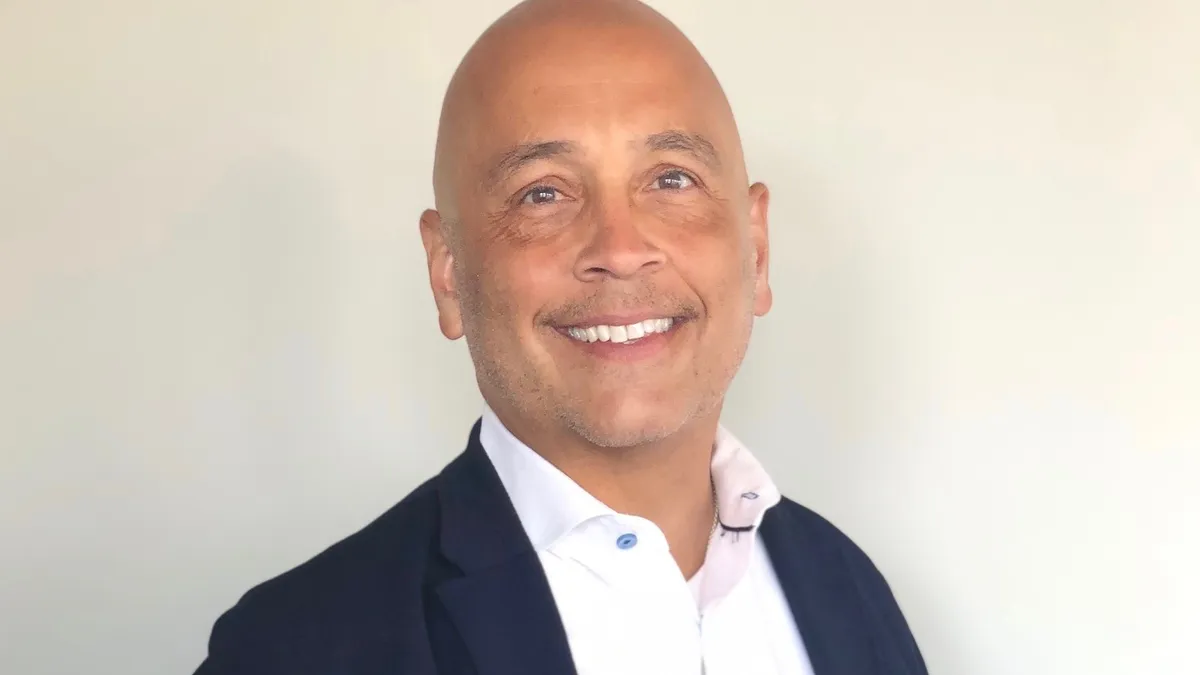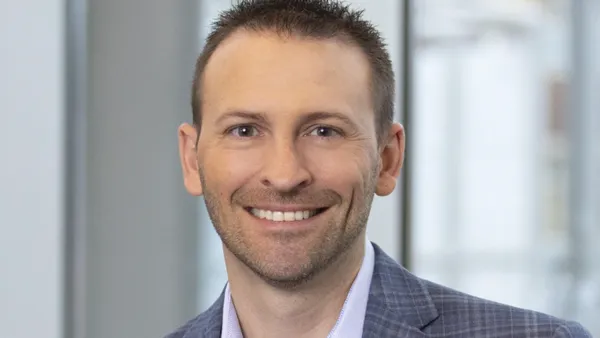Welcome to First 90 Days, a series dedicated to examining how pharma executives are planning for success in their new roles. Today, we’re speaking to Dr. PK Morrow, head of Takeda’s oncology therapeutic area unit.
As former chief medical officer for CRISPR Therapeutics, Dr. PK Morrow spent the end of 2023 helping to usher in the first-ever FDA approval for a CRISPR-based treatment. But that wasn’t the only FDA approval on her radar. She was also tracking the status of Takeda Pharmaceuticals’ metastatic colorectal cancer treatment Fruzaqla, the first novel, chemotherapy-free treatment option regardless of biomarker status to win U.S. approval in more than a decade.
“I saw that they were able to leverage that as well as launch almost immediately after getting approval,” Morrow said. “It showed me this company was nimble enough to put forward the needs of the patient.”
Soon after, Morrow took over Takeda’s oncology therapeutic area unit, and has spent the past several months honing and evolving its strategy with a focus on three disease states: thoracic tumors, GI cancers and specific hematologic malignancies such as chronic myeloid leukemia. The company will also home in on four modalities: antibody-drug conjugates, bispecifics, small molecules and cell therapies. “We must adapt to the evolving disease landscape,” she said.
Not long after Morrow’s appointment, Takeda dropped several cancer candidates, including a drug removed from a phase 2 program in relapsed/refractory multiple myeloma. The move was part of the pharma’s pivot away from myeloma and reprioritization of other areas.
“This is a strategic decision based on a number of factors, including the existing data set, the rapidly evolving multiple myeloma treatment landscape and the long development timelines,” Andrew Plump, Takeda’s R&D president said during an earnings call earlier this year.
"Cancer is so aggressive that we cannot let a day go by without advancing these programs."

Dr. PK Morrow
Head, oncology therapeutic area unit, Takeda Pharmaceuticals
Morrow is drawing from not only her history-making experience at CRISPR Therapeutics, but also as a physician at MD Anderson Cancer Center and later, her years at Amgen, where she worked on developing the lung cancer treatment Lumakras, which targets KRAS G12C, a mutation that had been considered “undruggable” for decades.
“When I came to Takeda, I knew how to successfully develop therapies that met an unmet need,” she said. “You also have to have courage of conviction to know which therapies you really want to accelerate the development of.”
Here, we spoke to Morrow about her focus at Takeda and the company’s revamped oncology strategy.
This interview has been edited for brevity and style.
PHARMAVOICE: How are you refocusing Takeda’s oncology strategy?
DR. PK MORROW: We’ve taken some strategic pivots. I came to Takeda inspired by the legacy of multiple myeloma, which we had developed amazing therapies for, including Velcade and Ninlaro. Now the landscape has significantly changed, with multiple therapies being approved. I realized we needed to pivot and address the evolving disease landscape. We need to address the diseases that have the greatest unmet need.
We determined that, for example, we were going to pivot from … development of myeloma agents to development of therapies in the leukemias for hematology. Now we’ve moved toward ALL [acute lymphoblastic leukemia] and we’re developing ponatinib.
We also have an option agreement with Ascentage [Pharma] to potentially develop a therapy called olverembatinib. We saw that patients with [chronic myeloid leukemia] were developing T315I mutations along the course of their disease as they were being treated for CML with first- and second-generation tyrosine kinase inhibitors. We looked at that and said: Where can we address the greatest unmet need?
What will this new strategy look like?
We want to be laser focused on the unmet need, so we’re really going to be focused on three disease states: thoracic tumors, GI cancers and specific hematologic malignancies. We want to leverage our expertise and our current existing platforms, so we’re going to focus on four modalities: ADCs [antibody-drug conjugates], bispecifics, small molecules and cell therapies.
Will we be opportunistic? Absolutely. If we see an amazingly exciting technology that has the ability to deliver in the short term and intermediate term for patients, we will strongly consider that. But we wanted to have a strong, three-by-four paradigm to start with that enabled us to look at business development opportunities and our internal pipeline in a robust, scientific and strategic framework.
What are your longer-term goals?
For the intermediate and long term, my goal — and the reason I came here — is to make a truly global impact in terms of bringing impactful therapies to patients as rapidly as possible. I know from practicing at MD Anderson that patients are waiting. Cancer is so aggressive that we cannot let a day go by without advancing these programs. Hopefully [in a year] I’ll be able to tell you that we’re truly delivering on this “four modality, three disease state” strategy for patients








